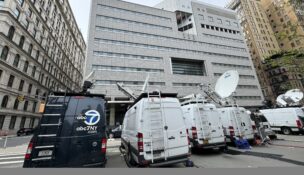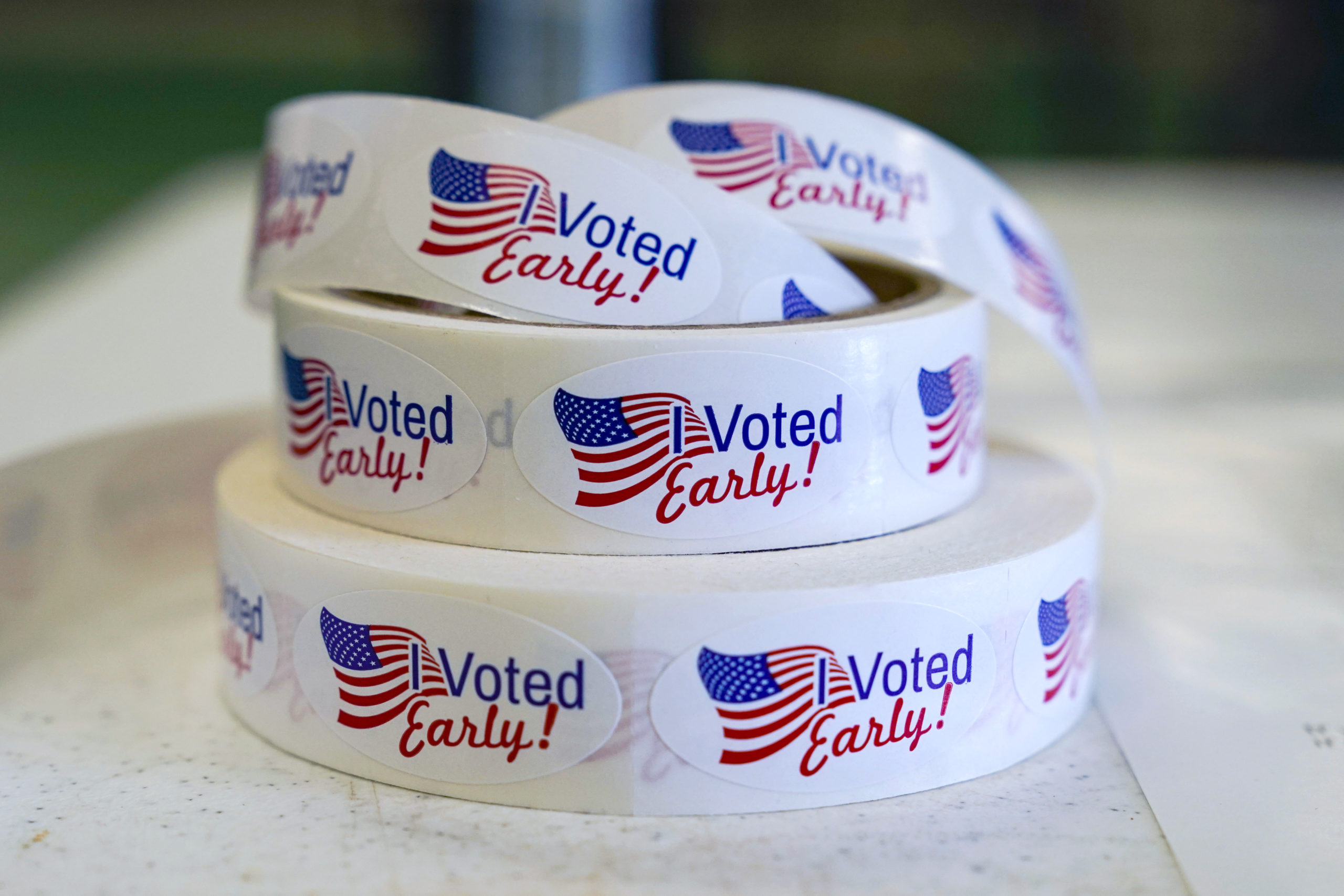Ross ipsa loquitur
By: dmc-admin//November 16, 2005//
 |
|
Ross Kodner |
All businesses are frustrated by premature equipment obsolescence. Law firms might takes some cues from the way corporations acquire new hardware and software upgrades. Using a clever combination of leases and traditional financing approaches, law practices can reduce technology expense, improve firm cash flow and avoid keeping PC systems past their prime.
First, forget “traditional leasing” ads on the backs of the consumer computer magazines touting “only $50 per month.” Leases on the laptop configuration of your dreams are often “sucker leases” — high-interest leases that are cash cows for the vendors. Or the ads will tout ”0 percent leasing,” while the fine print below notes the great rate is only for those who are “well-qualified,” whatever that means.
Banks are often inept at technology leasing. Many offer $1 buyout “leases.” If you are audited, such leases are likely to be reclassified by the IRS as installment puchases. You would be subject to penalties as well as having to reclassify the acquisition as a capitalized asset purchase.
In comparison, there are commercial equipment leasing companies in most major metro areas. These business-focused leasing companies routinely offer a combination of very attractive interest rates, as well as significantly more flexibility in lease structure and end-of-term scenarios.
Finding the Right Lessor
Seek lessors who specialize in leasing business equipment. The difference comes primarily from their experience in lease-end system disposal. Commercial leasing companies typically have connections to brokers who buy off-lease components. They sell them either to recyclers who salvage the valuable components and metals.
Alternately, they sell the old systems to brokers who resell them in Third World countries where obsolete U.S. systems are still “hot stuff.” The lessor makes money in the sale to the broker so there is less pressure to make a killing on the initial lease.
This approach yields two typical attractions to the lessee. The interest rates built into these leases tend to be very market-competitive and sometimes lower than traditional financing sources. This may be done because the lessor wants to ensure a strong flow of leased equipment that is coming off-lease so they can generate profits from the back-end sales to brokers. The other result is the willingness to offer higher buyout amount at lease end. Think of the buyout as being similar to the residual on an auto lease. Ten percent buyouts are sometimes possible. This means payments for the lessee are calculated based on 90 percent of the original invoice amount. This yields lower payments than purchasing or financing out of cash flow.
The more-than-nominal buyout at lease end can act as a deterrent to purchasing the off-lease components. After all, at that point, the PC systems are likely to be out of warranty and beginning to require repairs and more support. Further, the systems may feel slower operationally because the hardware has remained static, while the firm’s software may have gone through multiple upgrades.
This buyout treatment at lease end helps many law firms work their way out of a common trap. They often buy out equipment at the end of lease because it seems “cheap.” Cheap is a relative term in that there is an inverse relationship to the firm’s productivity derived from using these systems. The buyout on a three- or 4-year-old PC might be only $125. A bargain, right? Or is it? If the software mix has been kept current, that once-swift feeling 4-year-old PC is a sea anchor that will slow down busy users and devour support time dealing with its problems. It’s also out of warranty so repairs will be on your dime.
Layering is key to cost-effective technology leasing. Use a combination of a lease with varying expiration terms for various classes of products. Certain PC products become obsolete in predictable time periods. This is about three to four years for desktop PCs and network fileservers; about two to three years for most laptops.
Other products have longer life cycles. Network infrastructure items: hubs, routers, racking systems, UPSs, and laser printers all tend to run seemingly forever. It makes little functional sense to have to turn them in after 48 months when they may operate successfully for twice that period. The answer? Either don’t lease such items or have them on 5- to 7-year sub-leases under a master lease. Commercial leasing companies often have the flexibility to make such arrangements — structures rarely offered by more traditional leasing sources.
Layered leasing: you have a three-year term on three-year products, a two-year term on two-year products, a 5- to 7-year term on products that last longer. You then always have a fresh system that maximizes the value of each component — nothing is being replaced prematurely. The longer term on longer-life items also equals lower monthly cash outlays over the long haul.
What about software — do you ever get rid of software? The answer is no; you update it and keep it indefinitely. It often makes sense to purchase software licenses. However, cash flow issues can still mitigate in favor of leasing. Seek leases that allow you to buy out some leased items, while turning in others. This may be either pre-determined at lease inception or could be decided at the lessee’s option at lease end.
It may even be a revelation to some firms that intangibles can in fact be leased. Smart leases from commercial leasing organizations will usually permit the inclusion of both software and services. This means system integration time, consulting fees and training costs can all be rolled into a single lease. This means less initial legwork, less complex financing and reduced administrative burden for the law firm. Note, however, that intangibles will usually have their lease costs calculated on a different basis than the hardware components. Since there is nothing tangible to turn in at lease end, there is usually a $1 buyout on the intangibles portion of a lease.
What’s the end res
ult of this layered approach? For PCs, fileservers and laptops, which quickly become obsolete, it’s like a car lease. You drive it for the lease term, turn it back in and get a fresh vehicle leased all over again. This approach gives a predictable monthly use cost. It also gives reasonable assurance that you’re never using products that are past their useful life cycle, a point at which operational costs tend to soar.
Done properly, you maximize financial resources; you pay for what you use. You always use the right components in a staggered, predictable replacement scheme.
The law firm is no longer strangled by 4-year-old, behind-the-curve PC technology that holds lawyers and staff back. You always have reasonably current PCs capable of running the most productive versions of the software that drives your law practice: document production systems, case managers, billing systems, litigation support products.
Ross Kodner is a lawyer and president of Milwaukee’s MicroLaw, Inc. He can be reached at [email protected], via www.microlaw.com and at 414-540-9433.
Legal News
- History made in Trump New York trial opening statements
- Prosecutor won’t bring charges against Wisconsin lawmaker over fundraising scheme
- Republican Wisconsin Senate candidate says he doesn’t oppose elderly people voting
- Vice President Harris to reveal final rules mandating minimum standards for nursing home staffing
- Election workers fear threats to their safety as November nears
- Former law enforcement praise state’s response brief in Steven Avery case
- Eric Toney announces re-election bid for Fond du Lac County District Attorney
- Former Wisconsin Democratic Rep. Peter Barca announces new bid for Congress
- Republicans file lawsuit challenging Evers’s partial vetoes to literacy bill
- More human remains believed those of missing woman wash up on Milwaukee Co. beach
- Vice President Harris returning to Wisconsin for third visit this year
- Wisconsin joins Feds, dozens of states to hold airlines accountable for bad behavior
WLJ People
- Power 30 Personal Injury Attorneys – Russell Nicolet
- Power 30 Personal Injury Attorneys – Benjamin Nicolet
- Power 30 Personal Injury Attorneys – Dustin T. Woehl
- Power 30 Personal Injury Attorneys – Katherine Metzger
- Power 30 Personal Injury Attorneys – Joseph Ryan
- Power 30 Personal Injury Attorneys – James M. Ryan
- Power 30 Personal Injury Attorneys – Dana Wachs
- Power 30 Personal Injury Attorneys – Mark L. Thomsen
- Power 30 Personal Injury Attorneys – Matthew Lein
- Power 30 Personal Injury Attorneys – Jeffrey A. Pitman
- Power 30 Personal Injury Attorneys – William Pemberton
- Power 30 Personal Injury Attorneys – Howard S. Sicula











